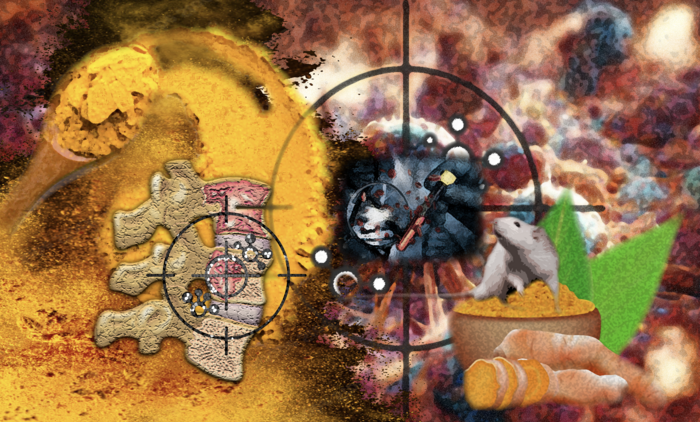Credit: Credits: NASA/JAXA, Hal Pierce
Tropical Depression 03W formed in the Pacific Ocean west of Guam on April 24, 2017, and data from the Global Precipitation Measurement Mission or GPM core satellite was used to look at the storm in 3-D. Tropical Depression 03W formed on April 24 at 2100 UTC (5 p.m. EDT) about 201 nautical miles north-northwest of Yap.
The GPM core observatory satellite had an excellent view of Tropical Depression 03W or TD03W when it flew over on April 14, 2017 at 1901 UTC (3:01 p.m. EDT). The GPM satellite found that the newly formed tropical depression contained some very powerful convective storms. Intense storms in the middle of the organizing convective cluster were dropping precipitation at extreme rates. GPM's Microwave Imager (GMI) and Dual-Frequency Precipitation Radar (DPR) instruments unveiled tall convective storm towers on the eastern side of this cluster of storms that were dropping rain at a rate of over 215 mm (8.5 inches) per hour.
GPM is a joint mission between NASA and the Japanese space agency JAXA.
A 3-D examination of organizing TD03W's rainfall structure was constructed at NASA's Goddard Space Flight Center in Greenbelt, Maryland by using GPM's Radar (DPR Ku Band). Those data showed that tall convective storm tops on the left side of the cluster were reaching altitudes greater than 17.8 km (11.0 miles). "Intense downpours in some of these storms were returning radar reflectivity values exceeding 59.7 dBZ to the satellite," said Hal Pierce, who created the imagery and an animation at NASA Goddard.
"dBZ" means "decibel relative to Z." It is a logarithmic unit used in weather radar to compare the equivalent reflectivity factor (Z) of a radar signal reflected off a remote object (like raindrops) to the return of a droplet of rain with a diameter of 1 millimeter.
On April 25, 2017 at 1500 UTC (11 a.m. EDT), TD03W had maximum sustained winds near 30 knots (34.5 mph/55.5 kph). It was centered near 13.1 degrees north latitude and 135.5 degrees east longitude, about 256 nautical miles northwest of Yap. TD03W was moving to the west-northwest at 4 knots (4.6 mph/7.4 kph).
The Joint Typhoon Warning Center (JTWC) predicts that TD03W will become slightly more powerful. Sustained maximum wind speeds are expected to reach about 45 knots (~52 mph), which would bring it to tropical storm strength as it curves the northeast.
JTWC then expects vertical wind shear to dampen further intensification and lead to its dissipation on about April 28, 2017.
###
Media Contact
Rob Gutro
[email protected]
@NASAGoddard
http://www.nasa.gov/goddard
############
Story Source: Materials provided by Scienmag





